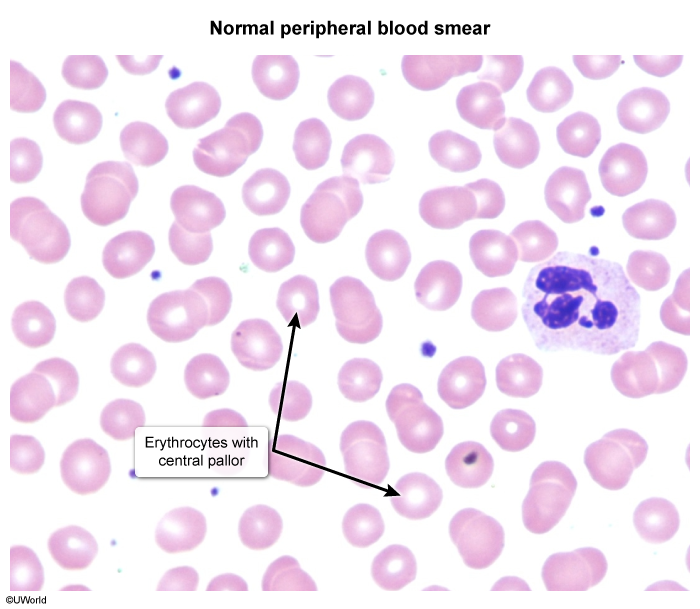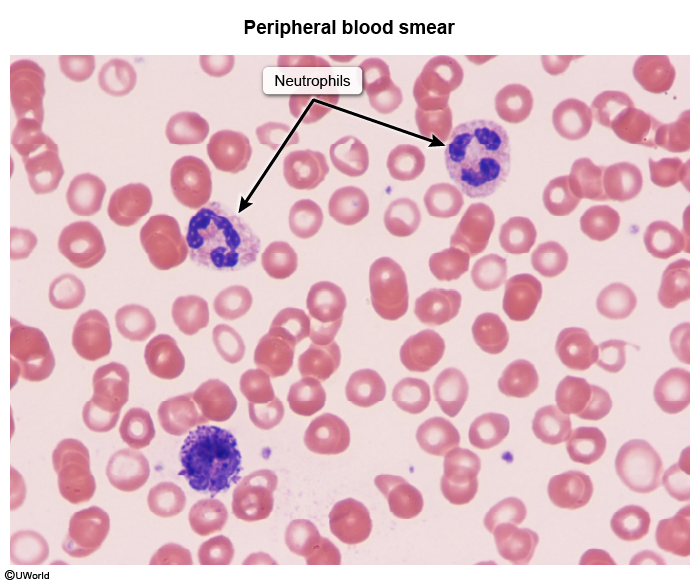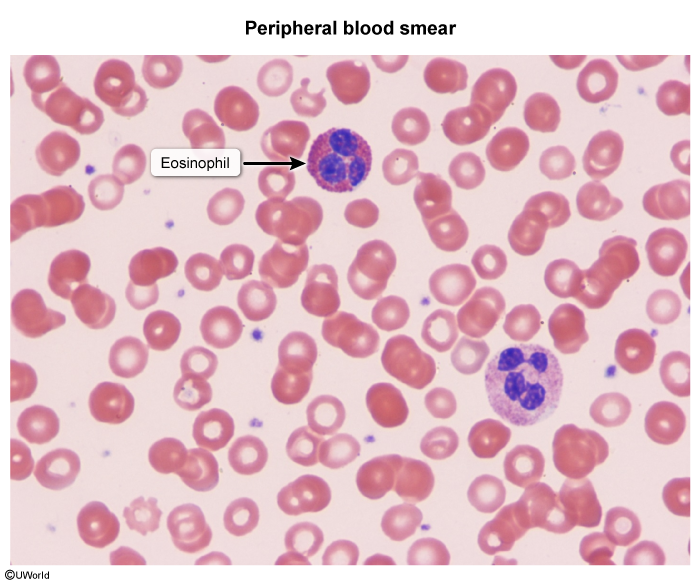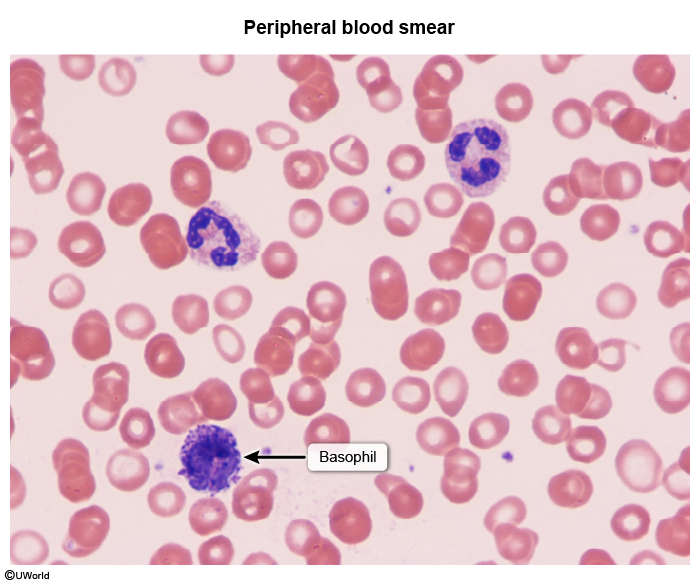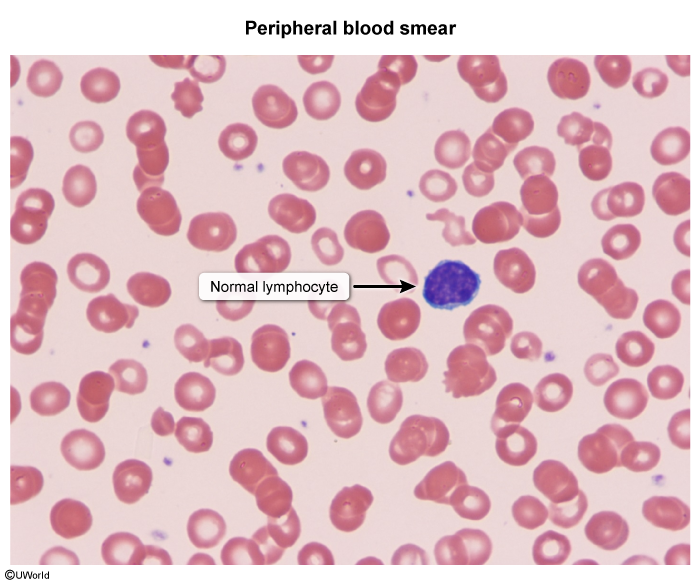Basic Blood Cell Types: Erythrocytes, Leukocytes, And Platelets
Article Sections
Introduction
Blood is a specialized connective tissue containing various cell types suspended in plasma, each originating from multipotent hematopoietic stem cells in the bone marrow. This article reviews the basic types of blood cells, including red blood cells, white blood cells (composed of granulocytes and agranulocytes), and platelets. Morphologic characteristics, functional roles, and common pathologic alterations are discussed. Hematopoiesis and cell lineages are explored in detail in a separate article.
Red blood cells
Red blood cells (RBCs), or erythrocytes, are the most abundant blood cells, accounting for approximately 40%-45% of blood volume (Image 1). Their primary functions are to transport oxygen from the lungs to the tissues and to return carbon dioxide to the lungs for exhalation. Measuring 6-8 µm in diameter, RBCs are uniquely biconcave in shape, increasing the surface area available for efficient gas exchange. Gas exchange is facilitated by
Continue Learning with UWorld
Get the full Basic Blood Cell Types: Erythrocytes, Leukocytes, And Platelets article plus rich visuals, real-world cases, and in-depth insights from medical experts, all available through the UWorld Medical Library.
Figures
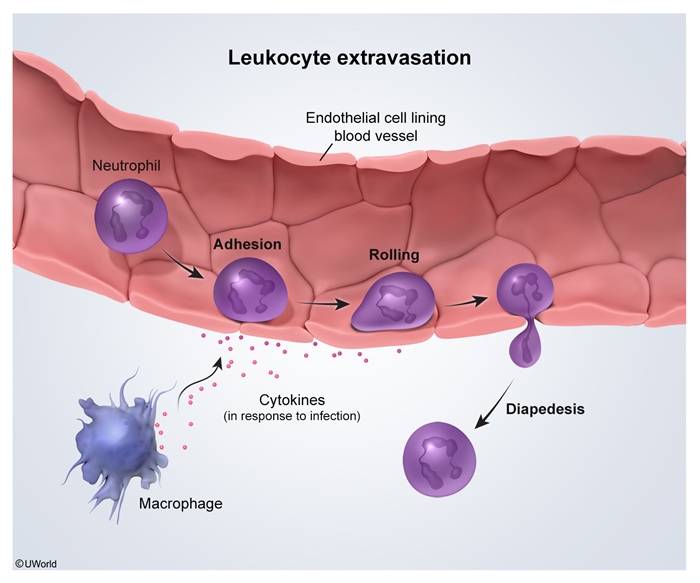
Images
